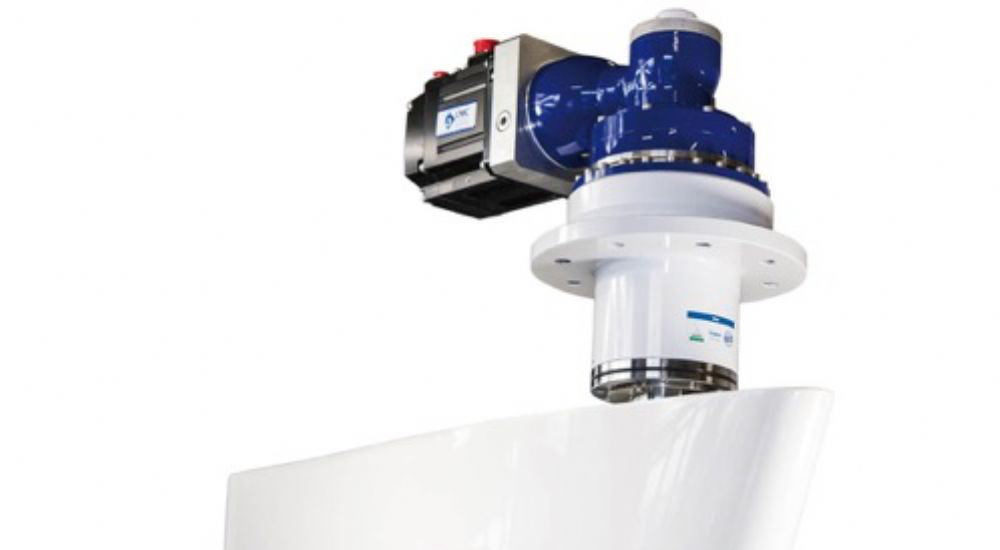How much stability do we really need?
Stability is the new metric by which vessel performance will be judged…
In the context of superyachting, ‘performance’ has historically placed a focus on speed and power, with quality invariably being interpreted as harder, faster, stronger…
Latterly, the paradigm has shifted, and the definition of ‘performance’ has been revised to encompass ‘optimisation’ and ‘efficiency’.
And most recently, the concept has been entirely, and most welcome turned on its head. While historically, ‘performance’ has always been adjudged to refer to dynamism – think power generation and forward propulsion – it is now grounded in the operational profile of the vessel in question, and the client’s hopes and expectations of their vessel’s usage.
The discourse, therefore, has shifted to encompass operational factors such as noise levels, vibration levels, and most prominently, vessel stability.
However, as Lateral Engineering’s Principal Naval Architect, Alex Meredith Hardy argues in a soon-to-be-published editorial in The British Superyacht Report, “Currently, the yacht industry is not incentivised to provide owners with the most comfortable yachts possible. There are good reasons for that. But if comfort is a very high priority for a particular owner, how can they influence the yacht ecosystem to get the result they want? For a new build project a change of approach is required.”
Precisely what that change of approach looks like will be the focus of a key session at The Superyacht Forum, where a panel of experts comprising stabilisation OEMs, consultants and naval architecture experts will discuss, ‘How much stability do we really need?’
Meredith Hardy who will be among the session’s panellists, adds “Seakeeping is an area of infinite variables. So any comfort requirements will need to be very specific, which is why a tailored process to an individual owner is a good approach.”
Rarely does a route to achieving the objective within a technological sphere vary so dramatically as it does within stabilisation. The systems themselves utilise wildly different physical concepts to deliver stability on board, and these technologies will be compared and contrasted for their efficacy during the workshop.
The contrast between gyro stabilisers, and electric actuators, for example is profound. And while the tech differs, other battlegrounds include the physical footprint of the system, the reduction of which allows stabilisers to be fitted to ever-smaller vessels. Italian company, CMC Marine launched its new range of ultra-compact electric stabilisers to broad acclaim this show season, and Alessandro Gallifuoco, Vice President CMC Marine USA, will be part of this workshop panel.
The Superyacht Forum, in association with METSTRADE (18-20 November), is the industry’s only platform for in-depth discussion of niche topics between a series of qualified experts. To continue your superyacht education by attending workshops such as this, click here.
Profile links
NEW: Sign up for SuperyachtNewsweek!
Get the latest weekly news, in-depth reports, intelligence, and strategic insights, delivered directly from The Superyacht Group's editors and market analysts.
Stay at the forefront of the superyacht industry with SuperyachtNewsweek
Click here to become part of The Superyacht Group community, and join us in our mission to make this industry accessible to all, and prosperous for the long-term. We are offering access to the superyacht industry’s most comprehensive and longstanding archive of business-critical information, as well as a comprehensive, real-time superyacht fleet database, for just £10 per month, because we are One Industry with One Mission. Sign up here.
Related news

CMC Marine unveils integrated steering and stabiliser control system
Electric stabiliser specialists CMC Marine team up with Sirenha to launch the Argo fin control system
Technology

CMC Marine targets new markets
CMC Marine, the Italian stabiliser systems supplier, is for the first time exploring new markets as a result of a consistent period of growth.
Business

CMC wins patent case
CMC Marine has been awarded the electric fin stabiliser patent by the European Patent Office. The decision follows an appeal process against the original decisi
Business
NEW: Sign up for
SuperyachtNewsweek!
Get the latest weekly news, in-depth reports, intelligence, and strategic insights, delivered directly from The Superyacht Group's editors and market analysts.
Stay at the forefront of the superyacht industry with SuperyachtNewsweek



